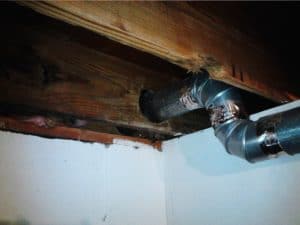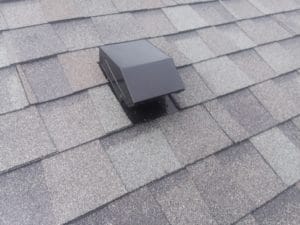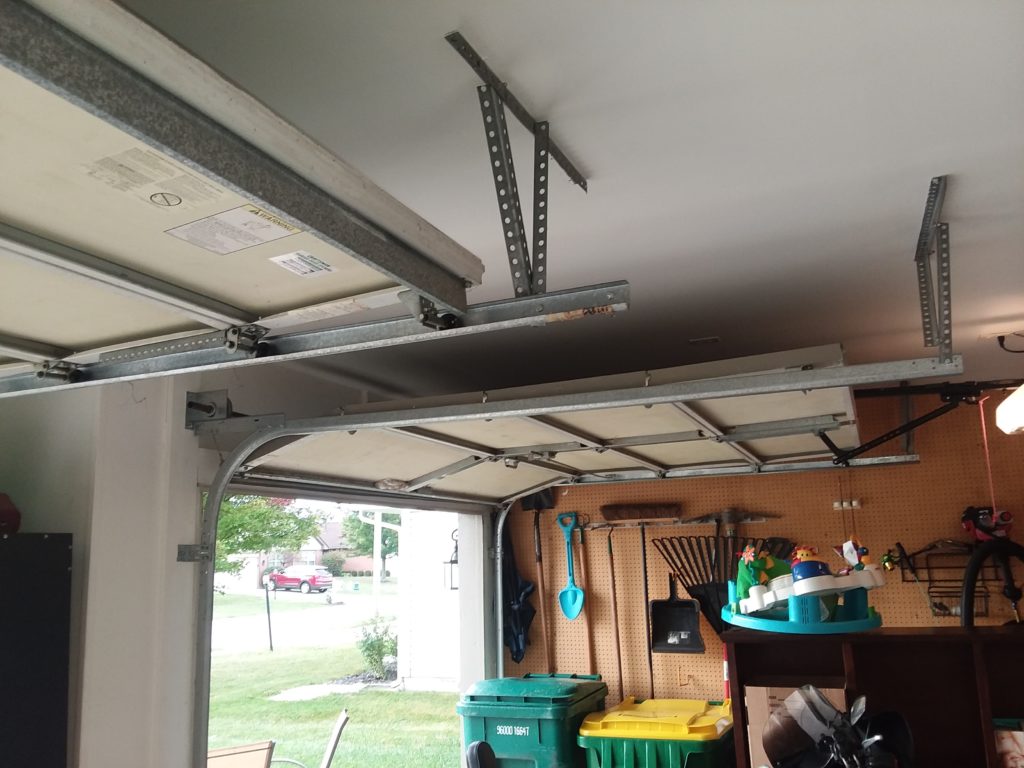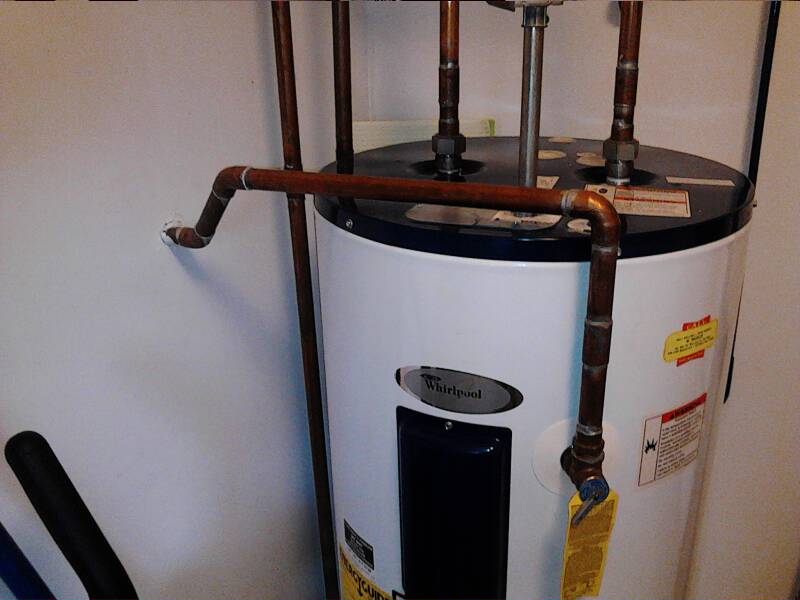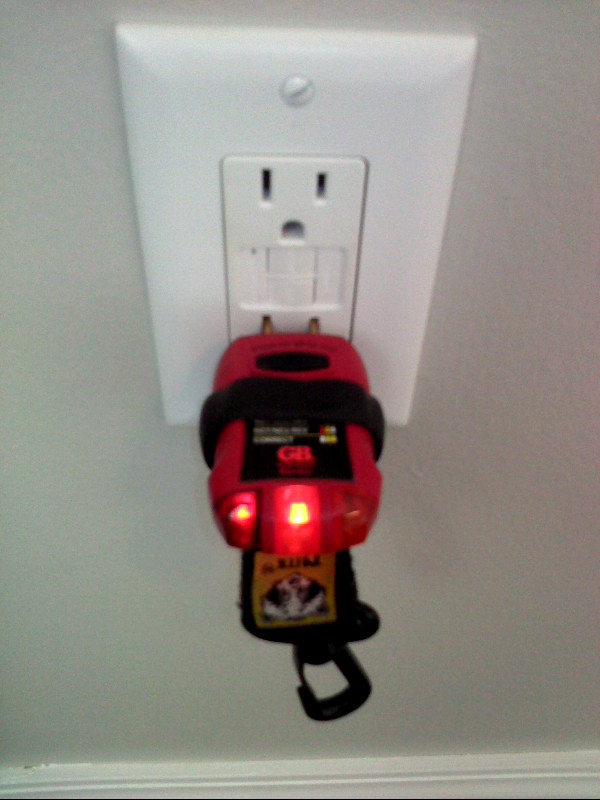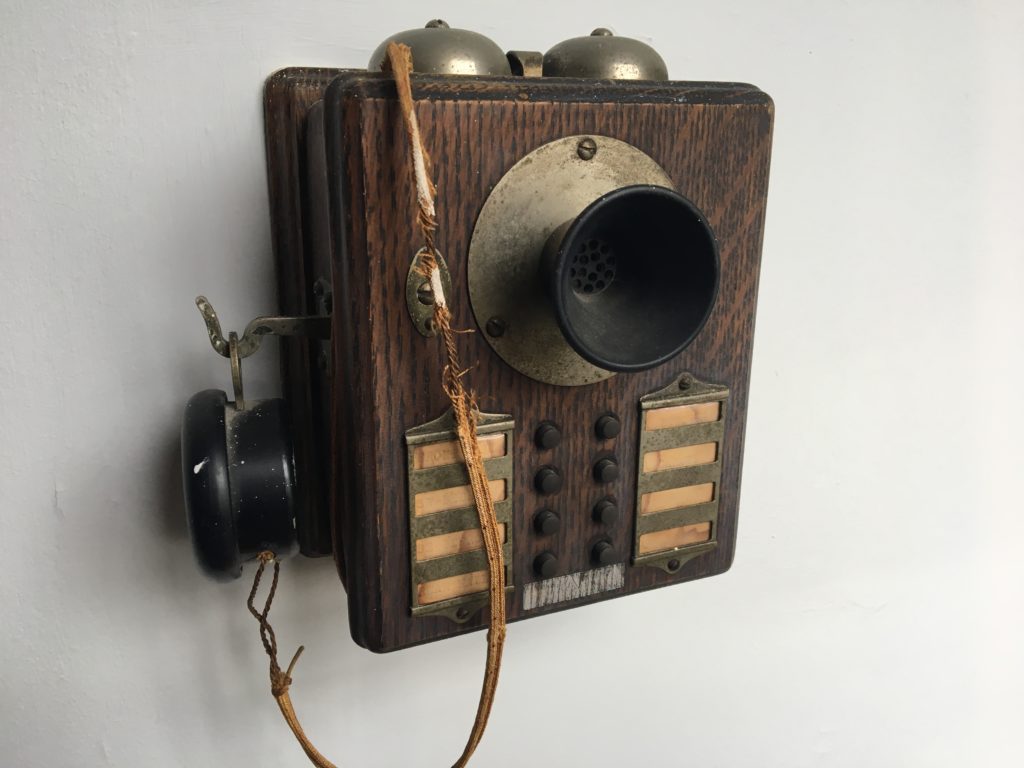- The shortest the distance between the clothes dryer and the outside vent the better.
- Flex pipe that connects the dryer to the vent pipe should also be as short as possible.
- Maximum length for a clothes dryer vent should not exceed 25 feet.
This length should be decreased by:
2 ½ feet for every 45 degree turn the vent pipe makes and 5 feet for every 90 degree (right angle) turn in the pipe.
The vent pipe should be smooth.
Screws must not be used in the pipe.
Flexible pipe should only be used to make an angle or connection to the dryer.
Duct size 4″ minimum, terminating in a back draft damper (dryer vent) without a screen.
Pipe should be a metal type. PVC drain pipe is not acceptable.
Important: Dryer vents must be vented to the outside of the homes structure, not the crawl space, garage or attic.
Any part of the dryer vent pipe that passes through an unheated attic space should be insulated to stop condensation forming inside the vent pipe. Where possible these pipes should slope down toward the outside vent to reduce the possibility of condensation flowing back toward the dryer.
Pipes vented out through the roof must be vented through a special “dryer roof vent”. (make certain that the screen has been removed) Dryers cannot be vented through the regular square type roof vent. These vents due to their design, get clogged with lint and are considered a fire hazard.
Fabric softener sheets used in clothes dryers are one of the leading causes of lint buildup in dryer vents. If the dryer vent is more than a two or three foot long, it is recommended that fabric softener sheets not be used. Fabric softener can be added to the laundry in the washing machine.
NOTE: Clothes dryer vents should be cleaned or inspected annually, vent cleaning brushes can be purchased in your hardware store. For long or inaccessible vents call a professional vent cleaning company.
